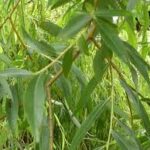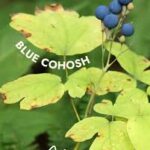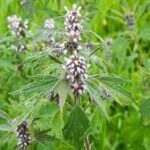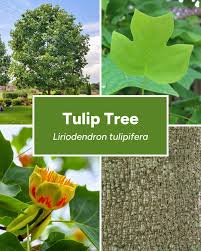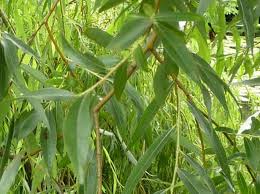Tulip Tree Bark, derived from the Liriodendron tulipifera tree, also known as the Yellow Poplar or Tulip Poplar, has been used traditionally in herbal medicine for centuries. Native to North America, the bark is prized for its anti-inflammatory, analgesic, and antipyretic properties. It is often consumed as a tea or tincture to help with a variety of health conditions.
Health Benefits of Tulip Tree Bark
1. Natural Pain Relief
Tulip tree bark is traditionally used as a natural analgesic, helping relieve minor aches, muscle pain, and headaches.
2. Fever Reduction
The bark has antipyretic (fever-reducing) properties, making it useful during flu or cold symptoms to help regulate body temperature.
3. Anti-inflammatory Support
Its anti-inflammatory compounds may support the treatment of joint pain, swelling, and inflammation-related conditions.
4. Mild Sedative Effects
Some historical uses include using tulip tree bark as a nervine, calming the nerves, reducing anxiety, and promoting restful sleep.
5. Digestive Aid
Tulip bark tea has also been used to alleviate indigestion, bloating, and mild stomach upset.
How to Make Tulip Tree Bark Tea
Ingredients:
-
1 teaspoon of dried tulip tree bark (chipped or powdered)
-
1 cup of boiling water
Instructions:
-
Add the tulip tree bark to a teapot or heatproof cup.
-
Pour boiling water over it.
-
Cover and steep for 10–15 minutes.
-
Strain and sip slowly. Recommended usage is 1 cup daily, not for long-term use.
⚠️ Caution: Always consult a healthcare professional before using wild bark remedies, especially if pregnant, breastfeeding, or taking medications.
#TulipTreeBark
#LiriodendronTulipifera
#HerbalTea
#NaturalRemedies
#FeverRelief
#AntiInflammatory
#PainRelief
#NervineHerbs
#DigestiveSupport
#HerbalMedicine
